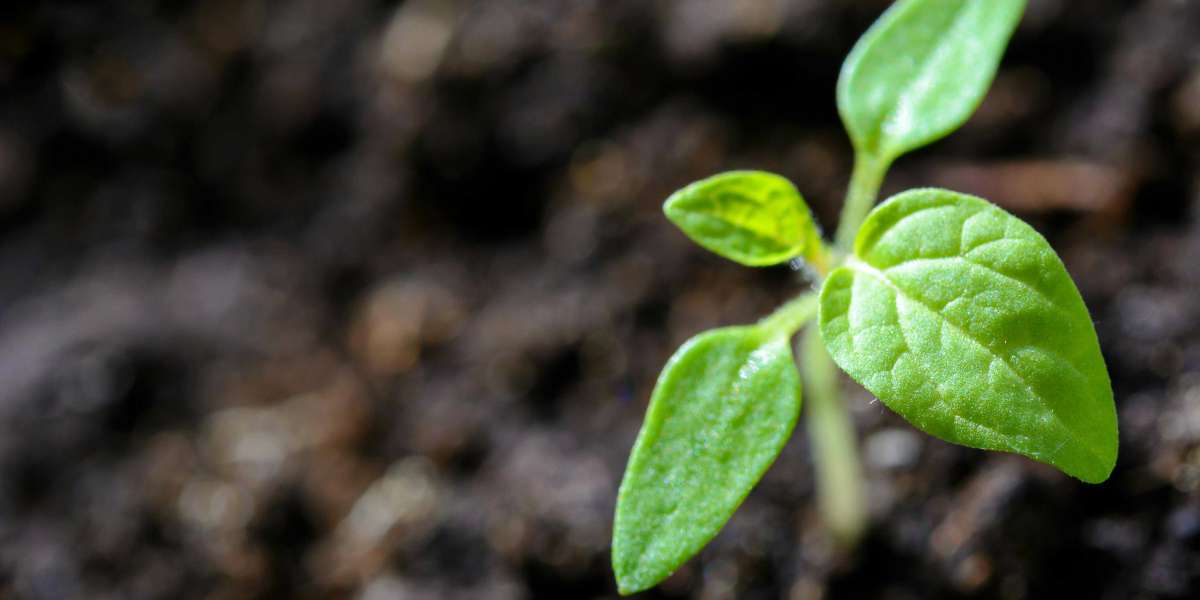Greatest Flower Seed to Plant Outside
Direct Sowing Tips
Adding flowers directly in your garden is a wonderful way to infuse vibrancy and beauty into your outdoor space.
A variety of blooms can be planted this way, including sunflowers, zinnias, marigolds, poppies, cosmos, bachelor buttons, and nasturtiums. These varieties are simple to cultivate and enhance any garden beautifully.
The timing is crucial in the planting process. The ideal period, to sow blossoms directly in your garden is typically after the last frost has passed in your area and when the soil temperature reaches at least 60°F (15°C).
This creates the perfect environment for germination and growth.
After determining the best timing, the next important factor is the planting depth. While this can differ depending on the seed type, in general, seeds should be sown at a depth of 2-3 times their diameter.
This amount provides sufficient soil contact for germination without placing seeds too deep. Always refer to specific packet instructions for optimal results.
The sprouting period for seeds planted directly outdoors varies by species, typically ranging from a few days to several weeks. Check the seed packets for precise germination timelines.
For those interested in planting seeds in outdoor containers or pots, be certain that the containers have proper drainage and are filled with top-quality potting mix. Frequent watering is crucial for promoting germination and the growth of plants.
Essential Ground Prepping Steps
Preparing the soil before planting seeds outside is also recommended. This involves removing weeds, adding compost or other organic materials to enhance soil fertility, and raking to create a smooth seedbed.
These steps foster a conducive environment for seed development.
After planting, it's crucial to water the soil deeply to encourage seed establishment and kickstart germination. Keep consistent soil moisture until the seeds have sprouted.
Crop Preservation Methods
Protecting seeds from birds and other pests is key. Utilize row covers or fine mesh netting to guard the seeds. Alternatively, applying a thin layer of mulch or straw over the seeds can deter pests and help maintain soil moisture.
Source:
Growing Cacti and Succulents: Pruning, Propagation, and Planting Tips for Late Spring and Fall








